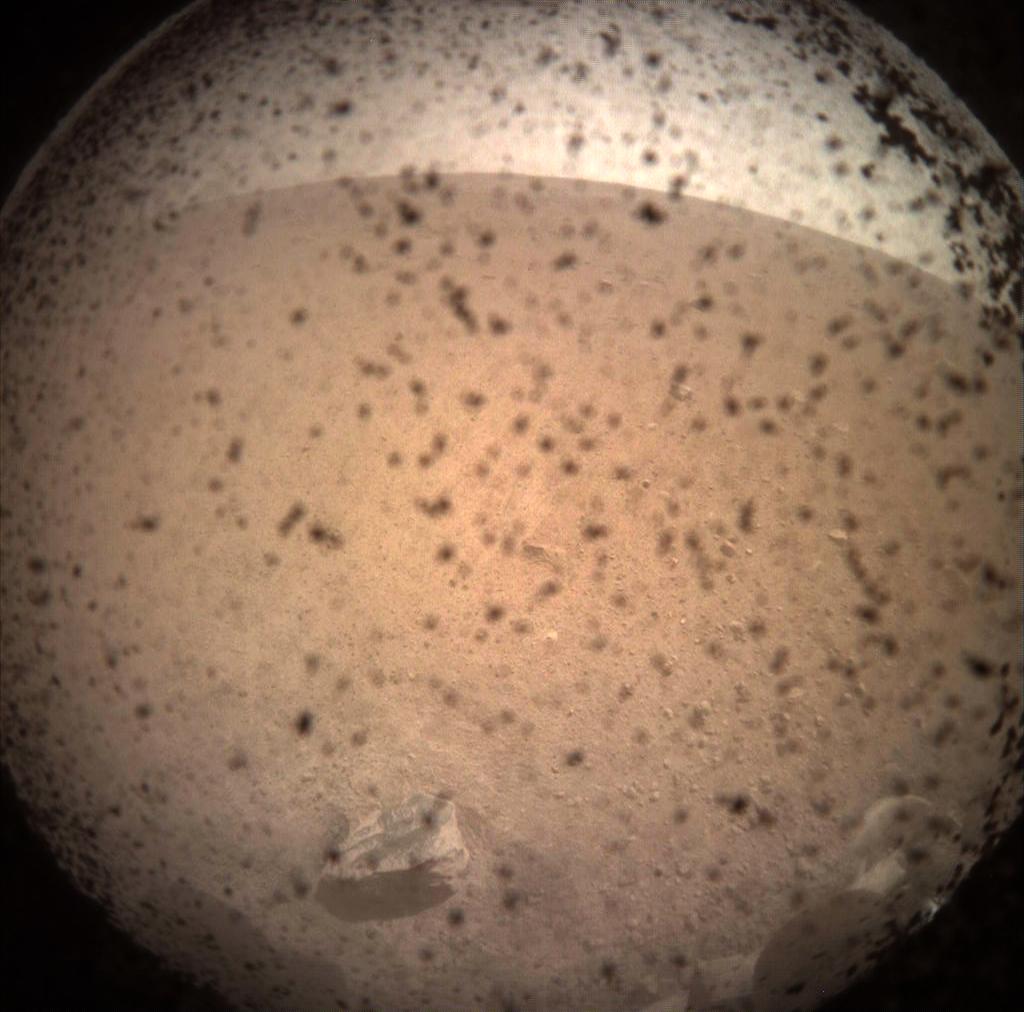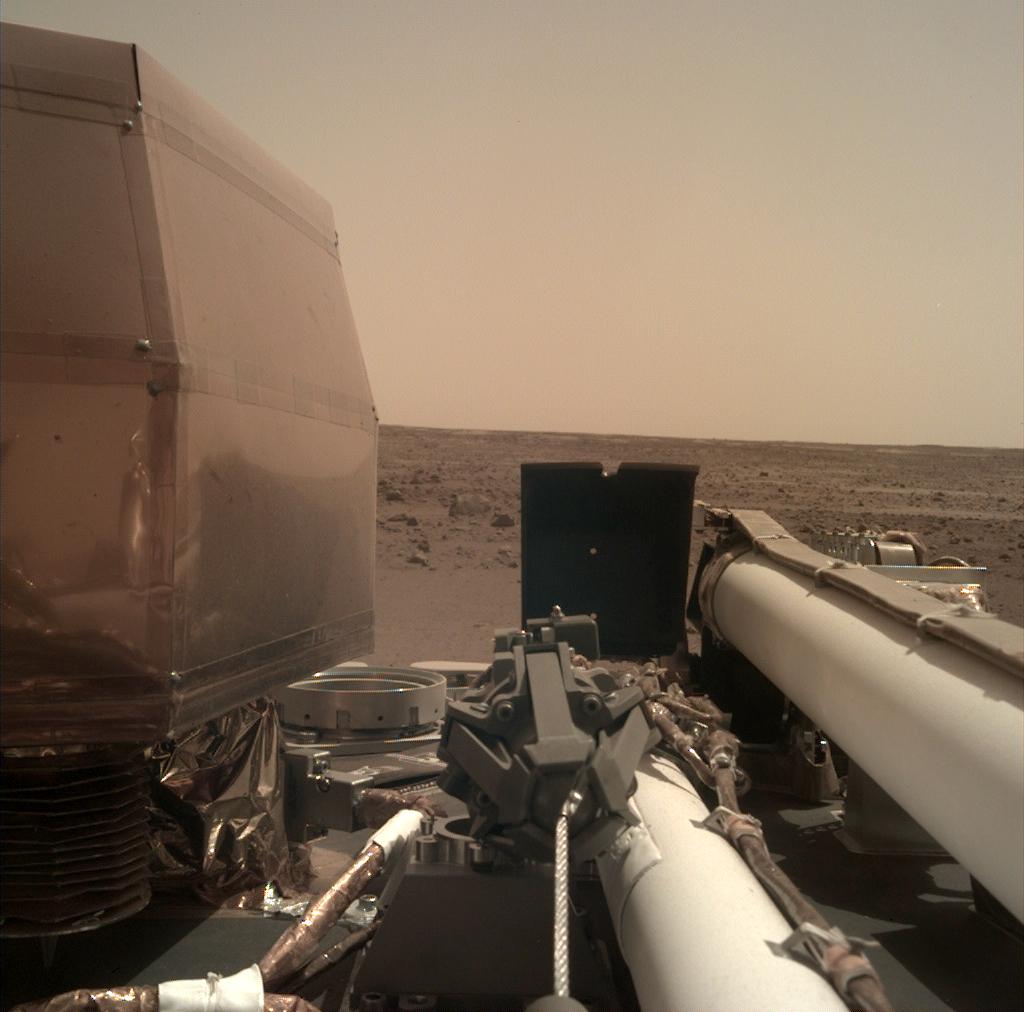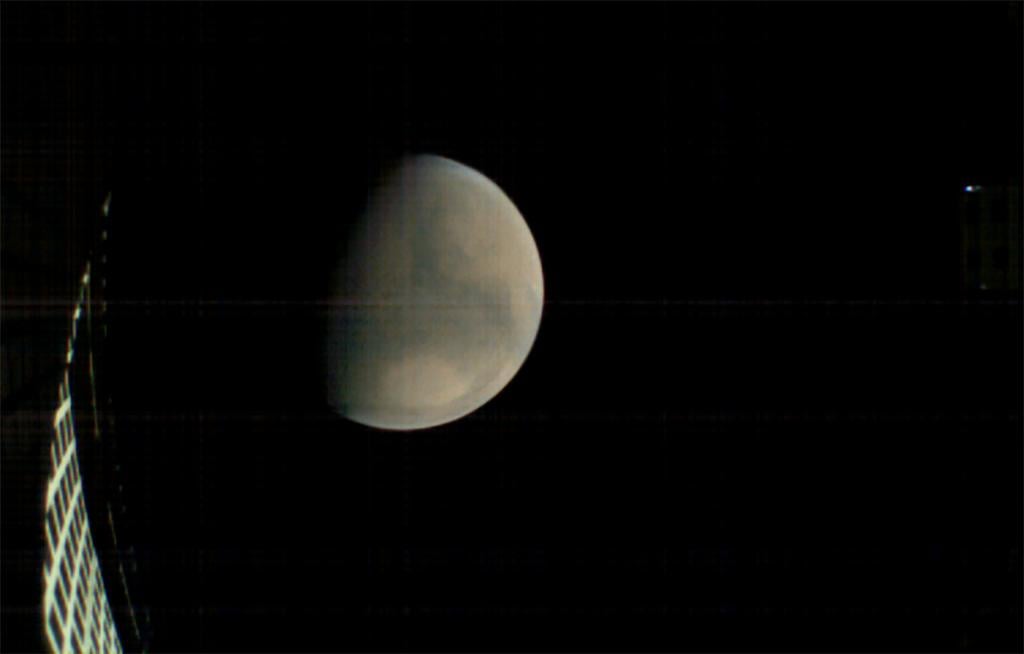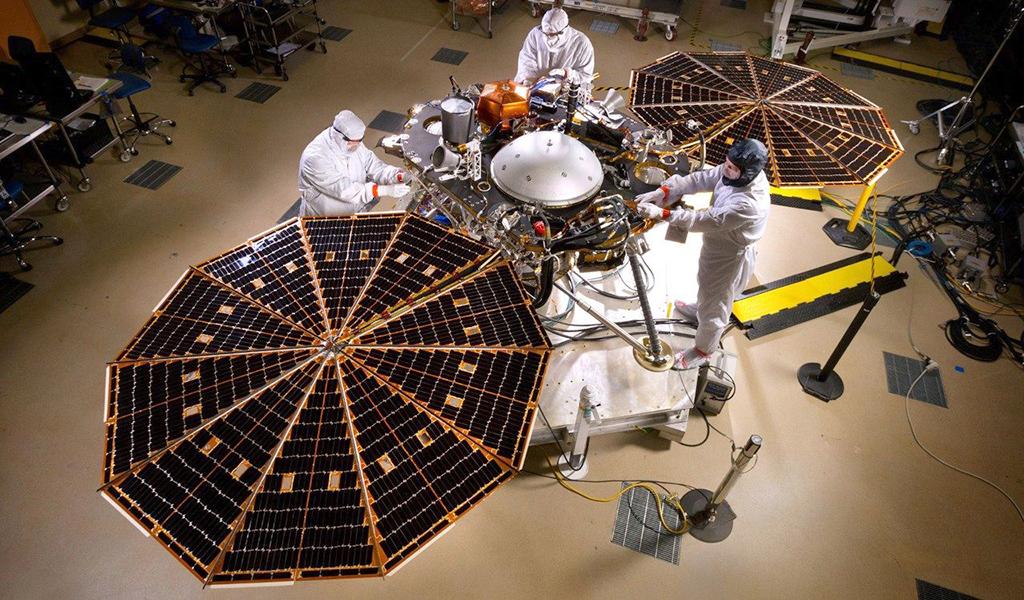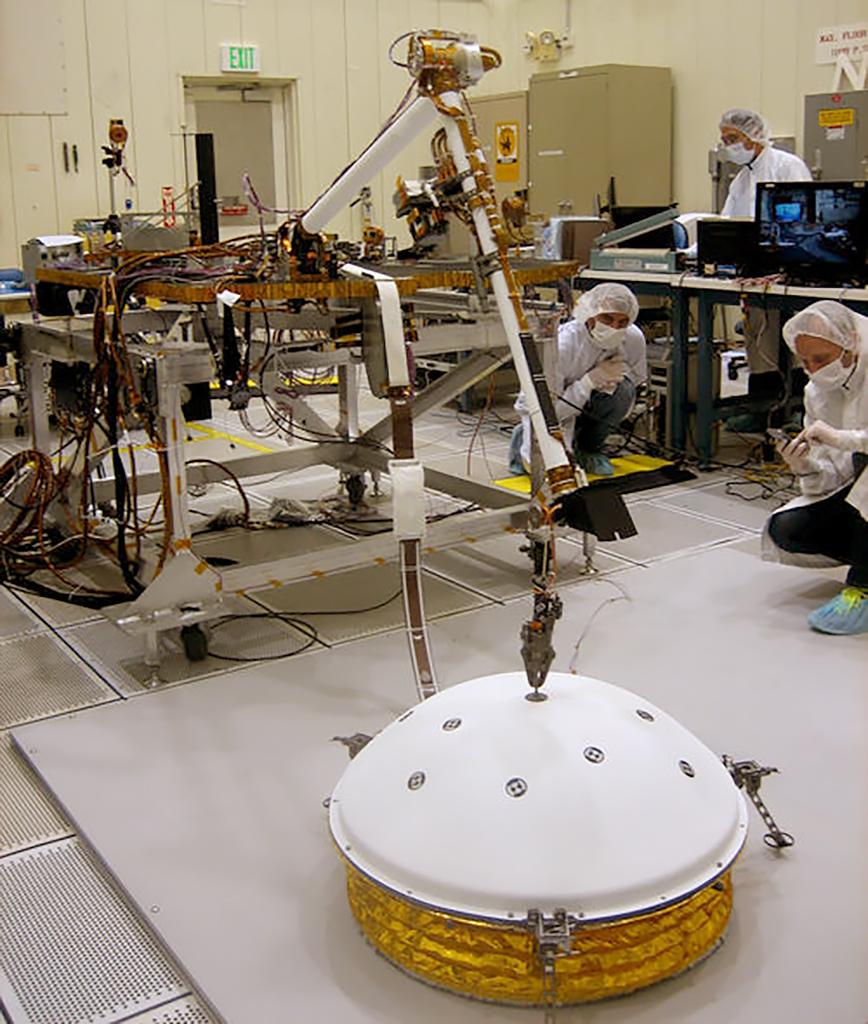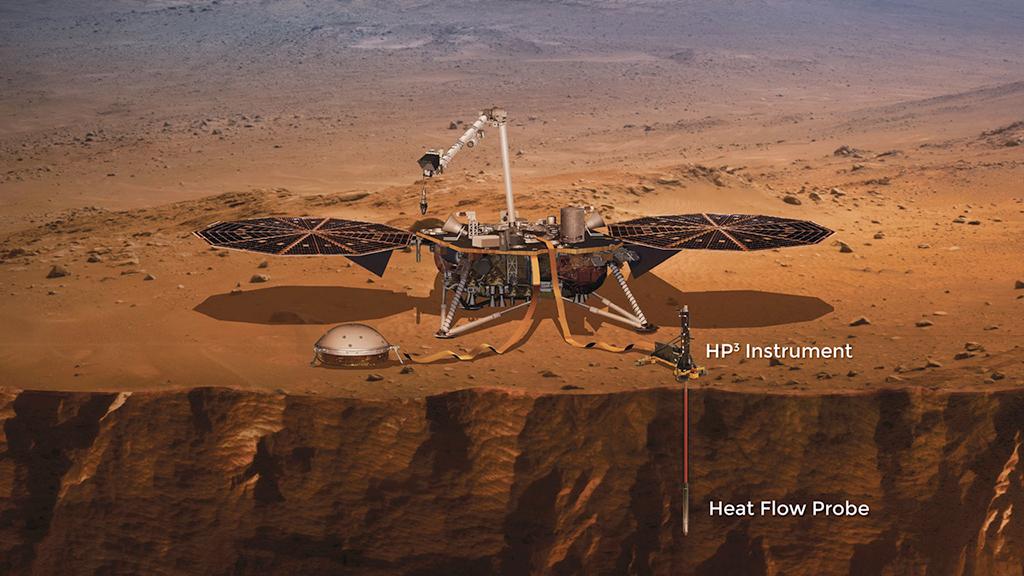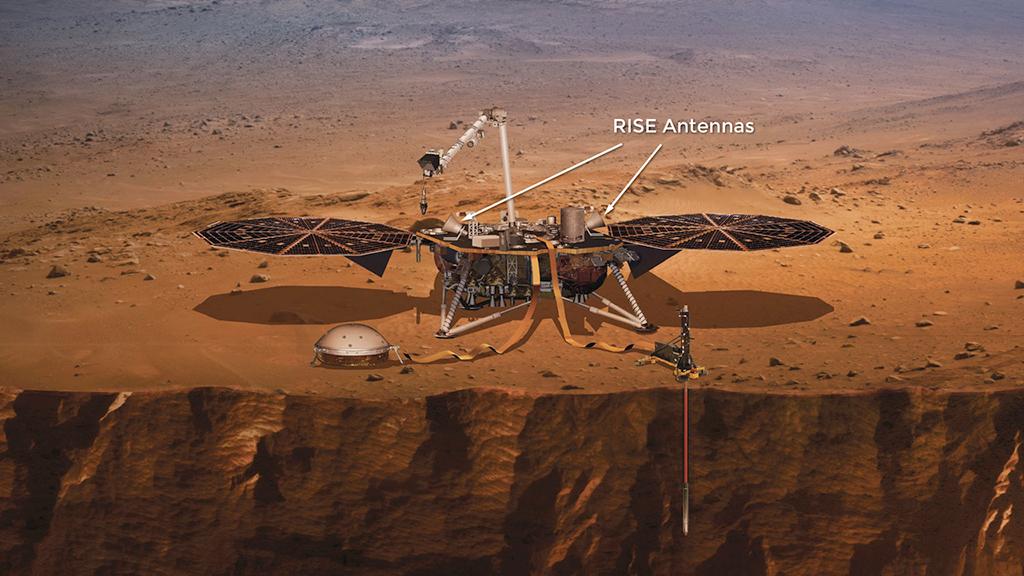Unlike previous robotic probes, which focused on Mars’ surface, atmosphere or near-space environment, InSight—the Interior Exploration using Seismic Investigations, Geodesy and Heat Transport spacecraft—is designed to study what exists from about 1 mi. beneath the planet’s surface to its metal core, some 1,000 mi. below. Here is a look at the images it has sent back and the instruments it will use.
- Market Sector
- Markets
- Marketplace
- Services
-
Store
-
Market Sector
- Type View All Products
-
- Events
- About
